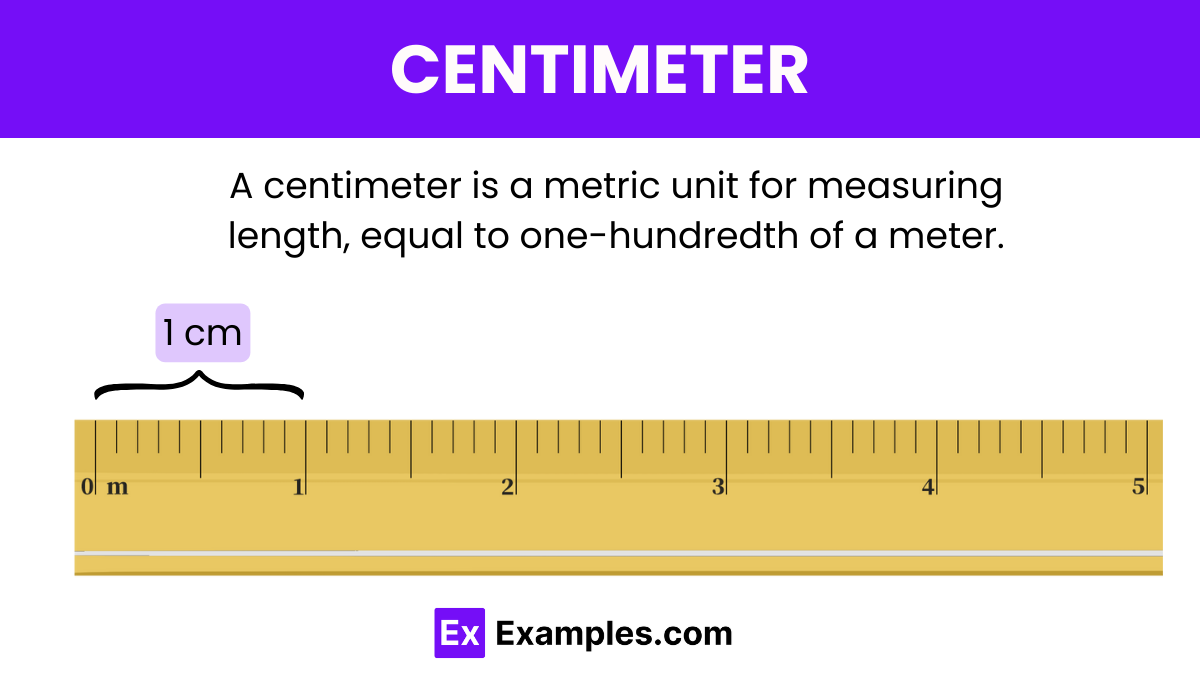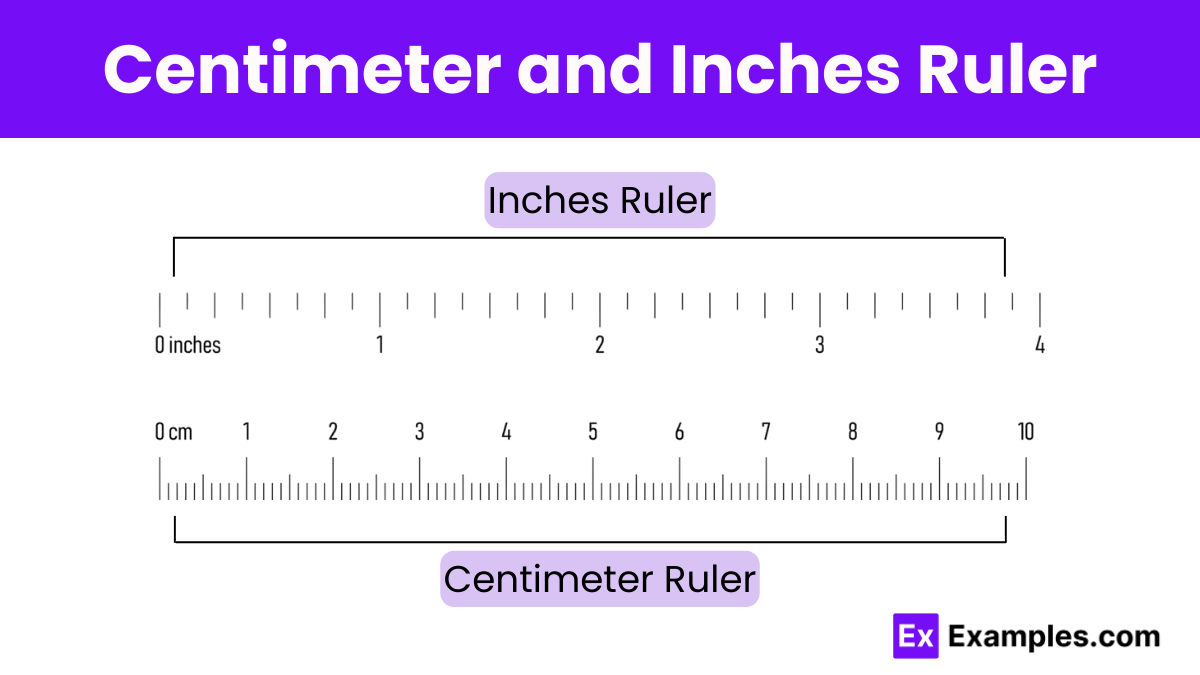Convert 150 centimeters to meters.
1.2 m
1.3 m
1.4 m
1.5 m

A centimeter is a key unit for measuring length in the metric system, about the width of a large paperclip. It’s denoted as ‘cm’. This small yet significant measurement plays a crucial role in everything from everyday measurements to scientific research.
In everyday use, centimeters provide a convenient measurement comparison to inches, an Imperial system unit. For example, on a ruler, one side typically shows measurements in centimeters, and the other in inches. To give you an idea of the scale, one centimeter is roughly equivalent to 0.39 inches.

On a ruler, one side shows measurements in centimeters (cm) and the other in inches. If you look at a ruler that’s 15 cm long, you might notice it only goes up to about 5 or 6 inches on the inch side. This is because inches are longer than centimeters; specifically, one inch is equal to 2.54 cm. So, a certain length will seem bigger in cm than in inches because cm are smaller.
A centimeter ruler is really handy for several things:
| 1 cm | = 10 millimeter |
| 100 cm | = 1 meter |
| 100000 cm | = 1 kilometer |
| 1 cm | = 0.3937 inches |
| 1 cm | = 0.0328 feet |
| 1 cm | = 0.01 yard |
Understanding how to convert centimeters to other units of length is crucial when working with measurements in various formats. Whether comparing lengths, adding, or subtracting different measurements, conversions ensure consistency. Here’s how to easily convert centimeters to and from other common units of length:
Centimeters to Inches:
Inches to Centimeters:
Feet to Centimeters:
Centimeters to Feet:
Centimeters to Yards:
Yards to Centimeters:
Centimeters to Kilometers:
Kilometers to Centimeters:
Meters to Centimeters:
Centimeters to Millimeters:
A centimeter is a unit of length in the metric system, equivalent to one-hundredth of a meter, used widely for everyday measurements.
An example of a centimeter could be the diameter of a standard paperclip, which is roughly about 1 cm wide.
On a ruler, 1 cm is represented by the space between two longer lines that are usually numbered, making it easy to spot.
No, 1 cm is not half an inch; it’s about 0.3937 inches, which is less than half an inch.
Without a ruler, you can measure centimeters using a standard credit card, which is about 8.5 cm wide, or by approximating with your thumb width.
Text prompt
Add Tone
10 Examples of Public speaking
20 Examples of Gas lighting
Convert 150 centimeters to meters.
1.2 m
1.3 m
1.4 m
1.5 m
A ribbon is 250 cm long. How many meters long is the ribbon?
2.3 m
2.4 m
2.5 m
2.6 m
If a book is 3 centimeters thick, how many books can be stacked to make a height of 60 centimeters?
15
18
20
22
Convert 0.75 meters to centimeters.
50 cm
60 cm
70 cm
75 cm
A table is 120 centimeters long. How long is the table in meters?
1.1 m
1.2 m
1.3 m
1.4 m
Which is longer: 700 centimeters or 7 meters?
700 centimeters
7 meters
Both are equal
Cannot be determined
A pencil is 18 centimeters long. How many such pencils can be lined up end-to-end to reach 1 meter?
4
5
6
7
If a door is 2.1 meters high, how high is it in centimeters?
200 cm
205 cm
210 cm
215 cm
Convert 2500 centimeters to meters.
20.5 m
22.5 m
24.5 m
25 m
A garden is 350 centimeters wide. How wide is the garden in meters?
2.5 m
3 m
3.5 m
4 m
Before you leave, take our quick quiz to enhance your learning!

